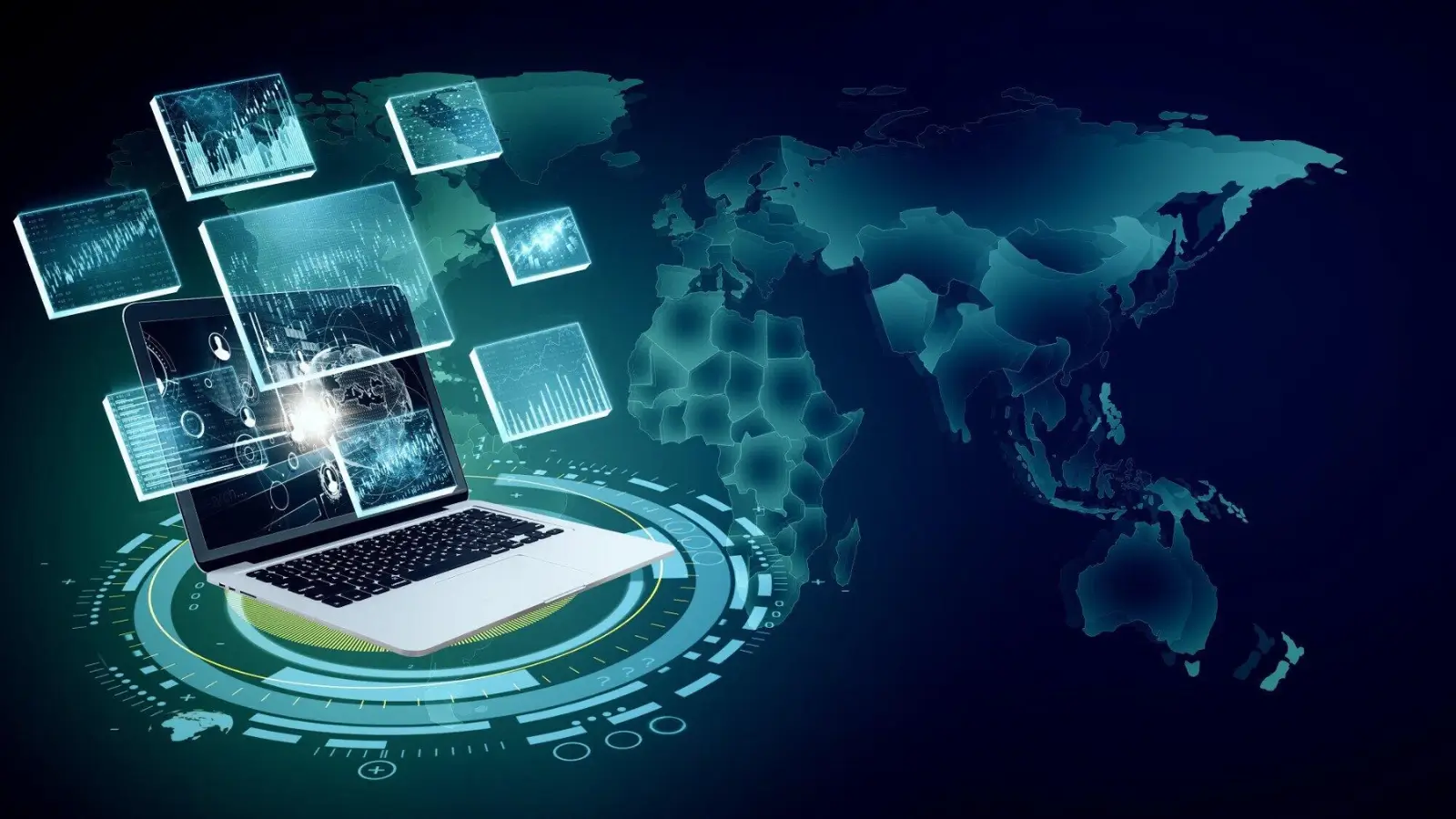


What drives dependable navigation in an increasingly complex world? Why do small signal issues often create large real-world problems? How can controlled testing make systems safer and more accurate?
Why do engineers rely on repeatable data before deploying new designs? What role does careful modeling play in minimizing risk? How does simulation shorten development timelines and strengthen performance?
This guide reveals the answers and shows how advanced GNSS simulation offers clear gains for anyone seeking reliable navigation outcomes. Keep on reading!
Controlled testing creates stable conditions that help find weaknesses early on. It lets engineers perform the same tasks over and over again without any outside factors changing. Because the results can be used over and over, they can be trusted and used to keep improving designs.
It also makes it easy to understand how complex navigation works when people are stressed. Teams gain confidence in their work long before putting technology into busy environments by testing it in a controlled setting.
Realistic signal modeling mirrors the conditions that systems face in everyday use. It helps show how devices respond to interference, blockage, or weak signals. This approach reveals issues that simple bench tests fail to expose.
The phrase advantages of GNSS simulation fits here because it highlights why realistic modeling adds real value. Systems shaped by such insights operate with greater strength in the field.
Finding gaps in time can help keep changes from getting worse and costing more in the future. For this reason, teams can fix small mistakes before they affect real users. With this method, risk is reduced and long-term investments are kept safe.
In addition, it makes it easier to plan for upcoming upgrades. Systems that can work well in tough environments have detection methods that are built to last.
How well navigation tools handle trouble is shown by how stressed they are. When there is jamming, spoofing, or dynamic movement, they help show how people react. Teams make stronger defenses when they see these reactions early on.
People will trust the final product more after this kind of testing. During daily use, systems that can handle stress will always work the same way.
Data that can be trusted is needed for faster development cycles. This is possible with simulations because they give repeatable, predictable results. These results cut down on delays and lengthen the testing phases.
Having clear information at every step of the design process helps teams. Good data keeps things moving forward all the way through.
When you prepare better, deployment goes more smoothly. Realistic simulations teach teams what they need to know to deal with unknown situations. It takes the guesswork out of big decisions and gives people more confidence.
Deployments that are backed by a lot of testing experience have fewer issues. This makes the whole navigation system stable in the long term.
Thanks to trusted modeling and advanced GNSS simulation, problems can be found earlier, designs can be made safer, and systems can be ready for harsh conditions. Signal behavior lowers risk even in situations that are hard to predict.
Costs go up and progress slows down, so teams don't have to make changes at the last minute. This keeps budgets safe. Every system is more stable and useful in everyday life when it is deployed reliably after a good simulation.
Did you like this guide? Great! Please browse our website for more!